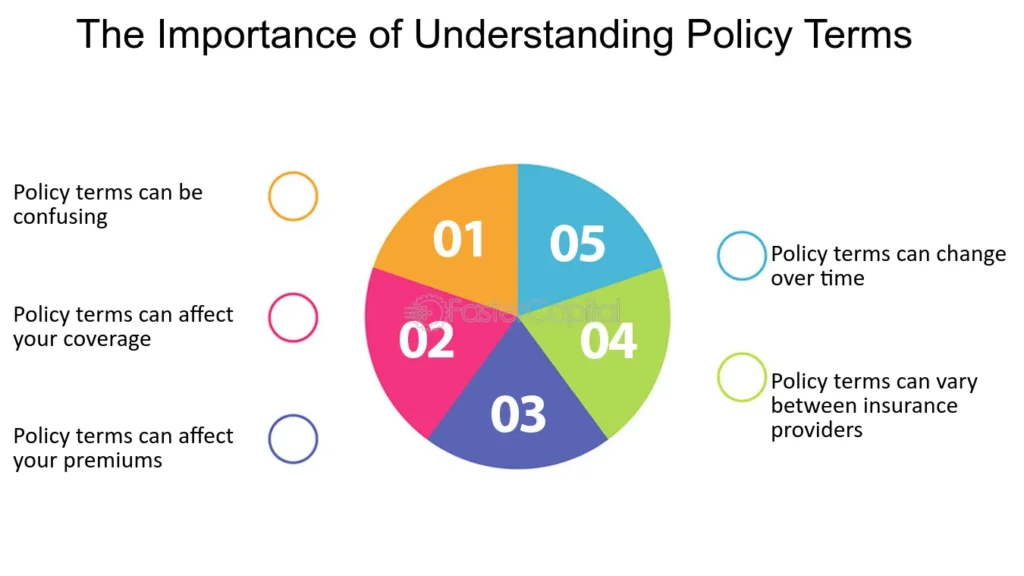Health insurance is a crucial safety net for individuals and families, providing financial protection against unexpected medical expenses. However, misconceptions about policy features can lead to confusion and unrealistic expectations. One such feature is the restoration benefit, which often leads to misunderstandings among policyholders. This article clarifies what restoration benefits entail in health insurance policies and debunks common myths surrounding them.

Table of Contents
ToggleWhat is a Restoration Benefit?
A restoration benefit in health insurance allows policyholders to have their coverage amount reinstated after making a claim. This means that if you exhaust your sum insured due to hospitalization, the insurer will restore your coverage for future claims. This feature is particularly appealing as it provides an additional layer of security for policyholders.
Unlimited Restoration: The Misconception
Recently, a friend said, “I have a health policy of ₹10 lakh but can make claims up to ₹1 crore!” He believed his policy offered unlimited coverage because his agent mentioned that his cover could be restored any number of times. While many insurers do offer unlimited restoration, it’s essential to understand the nuances:
1. Restoration is Not Infinite During the Same Hospitalization:
The restoration benefit typically applies only to subsequent hospitalizations, not the same one. If your policy has a sum insured of ₹10 lakh and you incur medical expenses of ₹1 crore during one hospitalization, the insurer will only cover up to ₹10 lakh. Once that limit is reached, no further claims can be made for that hospitalization, regardless of the restoration feature.
2. Applies to the Next Hospitalization:
The restored amount becomes available only for future hospitalizations after the initial claim. If you have multiple health issues or require further treatment, the restoration benefit will only kick in for new hospital stays, not ongoing treatment related to the first claim.
Importance of Understanding Policy Terms
Misunderstandings like these can lead to significant financial implications. It’s crucial for policyholders to fully understand the terms and conditions of their health insurance policies. Here are key points to consider:

Read the Fine Print: Always review the policy document carefully. Look for sections that explain the restoration benefit, including limitations or conditions.
Consult a Certified Advisor: If you’re unsure about the details of your policy, consult a certified insurance advisor. They can clarify complex terms and help you understand your coverage.
Beware of Overly Optimistic Claims: If an agent or advisor makes claims that sound too good to be true, approach with skepticism. Seek additional information and verify independently.
Health insurance is a vital component of financial planning, but navigating its complexities requires care. Restoration benefits can provide valuable coverage, but they come with specific conditions that must be understood to avoid misconceptions. By educating yourself and consulting professionals, you can make informed decisions about your health insurance needs.
Share the Knowledge
If you know someone who believes they have unlimited health coverage, share this article with them. Understanding the true nature of restoration benefits can empower individuals to make better choices regarding their health insurance policies. Knowledge is the best defense against financial surprises in healthcare!

Jugaad on Two Wheels: The Hilarious Bike Parcel Hack in Karnataka
The Great Karnataka Bike Parcel Hack: A Jugaad Masterclass #RapidoParcel: In a creative yet controversial move, ride-hailing platform Rapido has found a way around Karnataka’s

Denmark’s Digital Sovereignty Revolution: Linux and LibreOffice Lead the Way
Introduction to Denmark’s Bold Move In June 2025, Denmark’s Ministry of Digital Affairs made headlines by embracing digital sovereignty, ditching Microsoft Windows and Office 365

🏏Sports as a Business Strategy: Insights from Vijay Mallya’s RCB Ownership
🧠 Sports as a Business Strategy (Tool) In modern business, few platforms offer better engagement and emotional connection than sports. From football clubs in Europe

🙏 Apologies in Leadership: Vijay Mallya Public Apology
🧠 Introduction: The Role of Apologies in Leadership In the corporate world, apologies aren’t signs of weakness—they’re strategic acts of leadership. When made with sincerity

Audiobook Production Costs: Navigating Recording Artists, Studio Expenses, and AI’s Impact
The audiobook industry is booming, with over 130 million listeners in the U.S. alone in 2021 and a growing global appetite for audio content. Producing

Media Trial of Vijay Mallya: How Public Perception Shaped Vijay Mallya’s Legacy
Introduction: Media’s Influence on Business Narratives In today’s hyper-connected world, media narratives can make or break a business reputation. For Vijay Mallya, once known as

